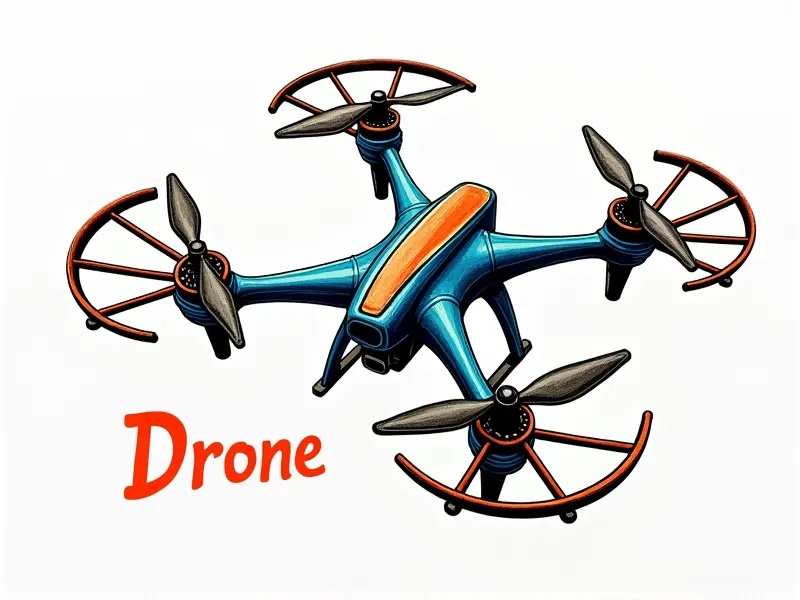Drone safety training

Drone Safety Training: Essential Tips and Guidelines for Safe Flying
Welcome to our comprehensive guide on drone safety training. Whether you are a beginner or an experienced pilot, ensuring the safe operation of your drone is crucial not only for your personal well-being but also for compliance with legal requirements and ethical standards.
Essential Drone Safety Tips for Beginners
Starting out in the world of drones can be exciting, but it's important to approach it with caution. Here are some fundamental tips every beginner should follow:
- Learn the Basics: Familiarize yourself with your drone’s controls and features before taking off.
- Practice in a Safe Environment: Choose an open area free from obstacles, people, and wildlife.
- Understand Your Drone's Limitations: Know the flight range, battery life, and other technical specifications of your drone.
Legal Requirements for Drone Operators
Drones are subject to various regulations depending on their use and location. Here’s what you need to know about legal requirements:
- Airspace Authorization: Obtain necessary permits from aviation authorities.
- No-Fly Zones: Avoid flying in restricted areas such as airports, military bases, or near power lines.
- Data Privacy Laws: Ensure compliance with local laws regarding data collection and privacy.
Stay Safe: Drone Flying Dos and Don'ts
To ensure a safe flying experience, follow these dos and don’ts:
- Do: Always fly within your visual line of sight.
- Don’t: Fly over crowds or near people without proper clearance.
Emergency Procedures for Drone Pilots
In case of an emergency, knowing the right steps can prevent accidents and damage. Here are some essential procedures to follow:
- Lose Control: If you lose control over your drone, initiate a return-to-home (RTH) function.
- Battery Failure: Land the drone as soon as possible if the battery is running low.
Weather Considerations for Safe Drone Use
Weather conditions play a significant role in safe drone operation. Here are some factors to consider:
- Rain and Wind: Avoid flying in heavy rain or strong winds, as these can affect the stability of your drone.
- Snow and Ice: Be cautious when flying over icy surfaces; drones may not land safely on such terrain.
Protecting Privacy During Drone Operations
Maintaining privacy is crucial, especially in residential areas. Here’s how to protect it:
- Avoid Sensitive Areas: Refrain from flying over private property without permission.
- Data Management: Securely store and manage any data collected during flights.
Top 5 Rules of Safe Drone Flying
To ensure safe operation, adhere to these top rules:
- Always Check Regulations: Stay updated with the latest legal requirements for your area.
- Maintain Visual Line of Sight: Keep your drone within sight at all times.
- Perform Pre-Flight Checks: Inspect your drone before each flight to ensure it is in good working condition.
- Avoid High-Risk Areas: Stay away from restricted zones and high-risk areas like power lines.
- Respect Privacy Laws: Be mindful of privacy laws when collecting data or taking photos with your drone.
Avoiding Common Drone Flight Hazards
Drones face various hazards during flight. Here’s how to avoid them:
- Obstacles and Obstructions: Be aware of trees, buildings, and other obstacles in your flying area.
- Birds and Wildlife: Keep a safe distance from birds and wildlife to prevent collisions.
Legal and Ethical Drone Flight Guidelines
Maintaining legal compliance and ethical standards is essential for responsible drone operation. Here are some guidelines:
- Compliance with FAA Regulations: Adhere strictly to Federal Aviation Administration (FAA) rules.
- Ethical Considerations: Respect the privacy of individuals and communities when using drones for photography or data collection.
Understanding FAA Regulations for Drones
The FAA has established specific regulations for drone operators. Here are some key points to understand:
- Pilot Certification: Obtain a Remote Pilot Certificate from the FAA if required.
- Airspace Authorization: Apply for airspace authorization through the FAA’s UAS website.
Ensuring Drone Safety Before Every Flight
Pre-flight safety checks are crucial to prevent accidents and ensure smooth operation. Here’s what you should do before every flight:
- Battery Check: Ensure the battery is fully charged.
- Propeller Inspection: Inspect propellers for any damage or debris.
- Remote Control Test: Verify that your remote control is functioning properly.
Conclusion
Safety should always be the top priority when operating drones. By following these guidelines and adhering to legal requirements, you can enjoy the benefits of drone technology while minimizing risks. Stay informed about the latest regulations and best practices to ensure safe and responsible flying.

